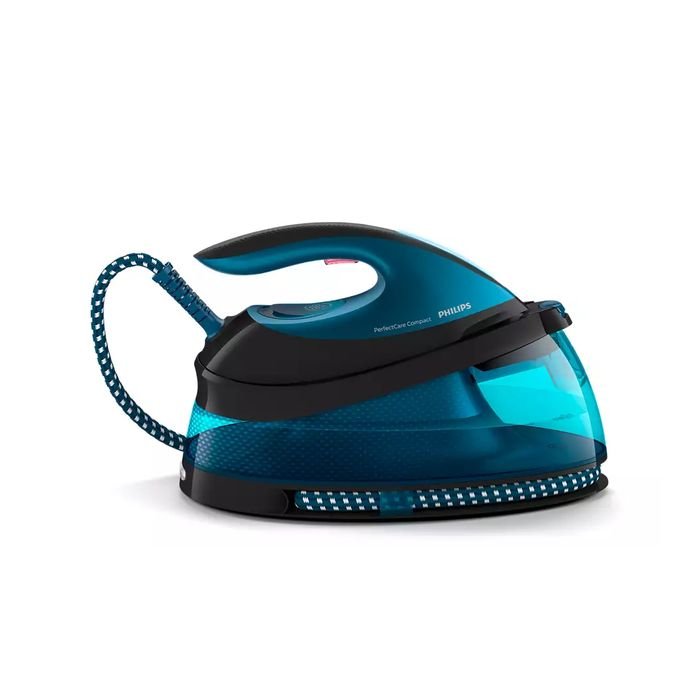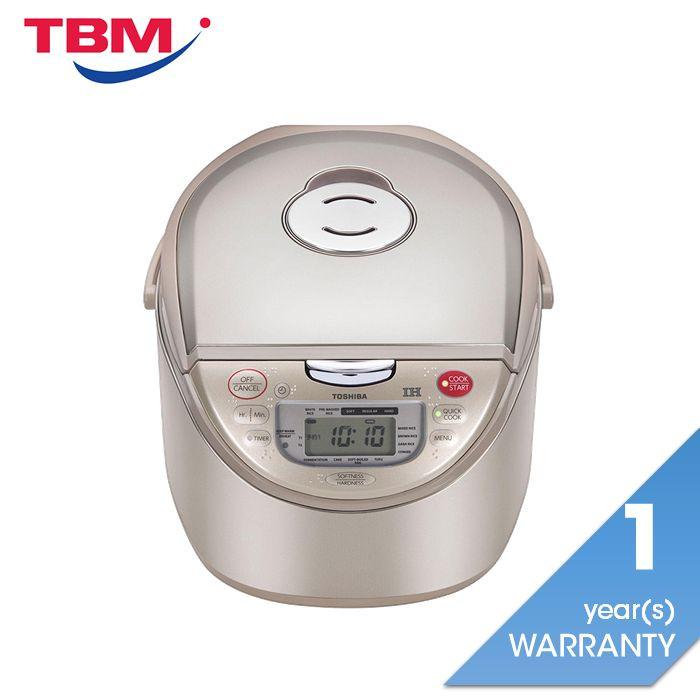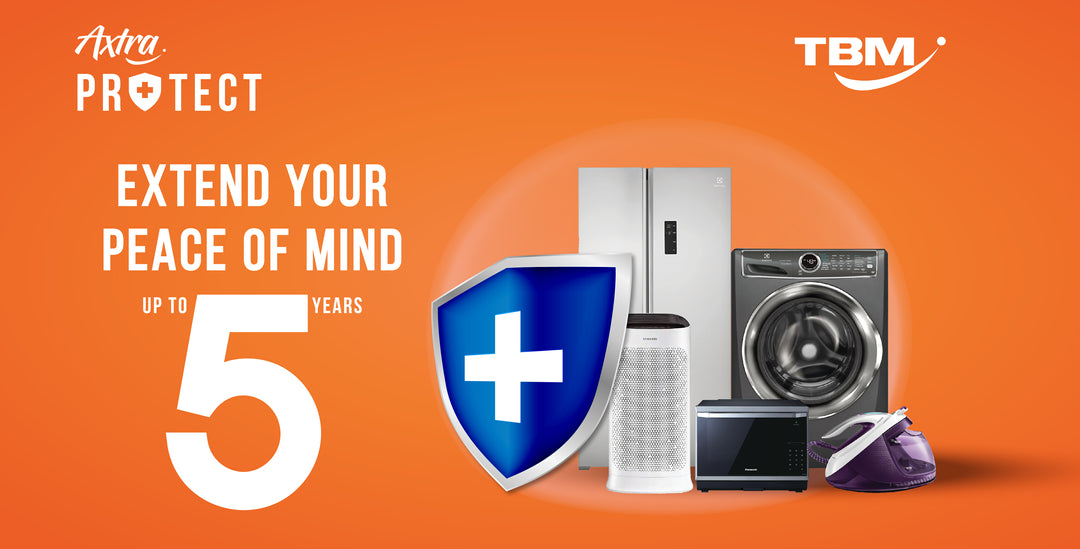Dishwasher
A) Things to consider when purchasing
B) Features & Benefits
C) Latest Technology
D) Maintenance
A) Things to consider when purchasing
- Wash frequency
- Small or large loads
- Built-in, portable, countertop models?
-
Capacity: Capacity is measured in “place settings”. A place setting refers to all plates, cutlery, and glassware a person would use for a three-course meal. That means when you buy a dishwasher with 10 place settings, you can wash dishes from a 10-person dinner part in one load when stacked correctly.
- 1-2 pax = 6-9 place settings
- 2-4 pax = 9-12 place settings
- > 4 pax = > 12 place settings
B) Features & Benefits
-
Loading: Dishwashers nowadays have flexible loading features
- Third Racks: Provide more space for larger utensils and cooking tools like whisks, tongs, and cooking knives. Can also accommodate odd-shaped and small items.
- Adjustable/Removable Racks: These racks can accommodate tall glasses/stemware/large plates/baking trays by easily moving the racks up or down
- Adjustable or fold-down tines: Give large pots, pan and bigger bowls more room by moving tines to the left, right or out of the way. Fold-down tines secure lids or light weight items to tip over and fill with water during the cycle.
- Silverware caddies: Some caddies are movable to accommodate loads
-
Getting dishes clean
- Wash systems:
- Most dishwashers have 3 rotary arms located at the top, middle, bottom of the dishwasher tub which spin and circulate water during wash cycles
- Models with multiple tiers and washer arms will provide a thorough cleaning
- Those with turbo wash system has the most powerful cleaning system. These models contain more spray jets that blast away stuck-on food
- Cycles:
- Basic: Light, normal, heavy (usually for pots and pans)
- Specialized cycles: Longer wash time
- Certified sanitizing rinse: For this cycle, the water temperature of the final rinse has to be at a very high temperature to kill germs on the dishes and cookware. This cycle is great for baby bottles and cutting boards. To be certified, by the end of the wash, there has to be 99.9% bacteria reduction
- Steam clean: Uses steam to soak and melt away caked-on-food. Some models use this cycle for fragile dishes
- China, crystal or glass care cycle: Provide shorter wash and rinse cycle with cooler water for delicate dishes
- Extra rinse/rinse/hold: Rinse dirty dishes with 5-10minutes rinse cycle to prevent stuck on mess which will be tough to clean
- Eco mode: Designed to clean normally dirty tableware and is the most efficient programme in terms of energy and water. Dishes are washed at a lower temperature of about 50°C and use around 3L less than standard wash cycle
C) Latest Technology
- Look out for models that have intelligent sensor technology. It can automatically calculate the best wash settings for each load
D) Maintenance
- Clean your dishwasher filter regularly
- Use dishwasher specific detergent
- Only wash items that are dishwasher safe







![[TBM Member Monthly Special][Instant Rebate] Philips GC7846/86 Steam Generator Iron 2400W | TBM Online](http://shop.tbm.com.my/cdn/shop/products/philips-steam-generator-gc784686-tbm-online-8740209.jpg?v=1761776072&width=1000)


![[CLEARANCE][Display Set] Panasonic EH - SP30 Facial Static Roller | TBM Online](http://shop.tbm.com.my/cdn/shop/files/panasonic-facial-therapy-eh-sp30-tbm-online-5125045.jpg?v=1761777081&width=900)
![[CLEARANCE][Display Set] Panasonic EH - SP30 Facial Static Roller | TBM Online](http://shop.tbm.com.my/cdn/shop/files/panasonic-facial-therapy-eh-sp30-tbm-online-9097996.jpg?v=1757310653&width=1000)




